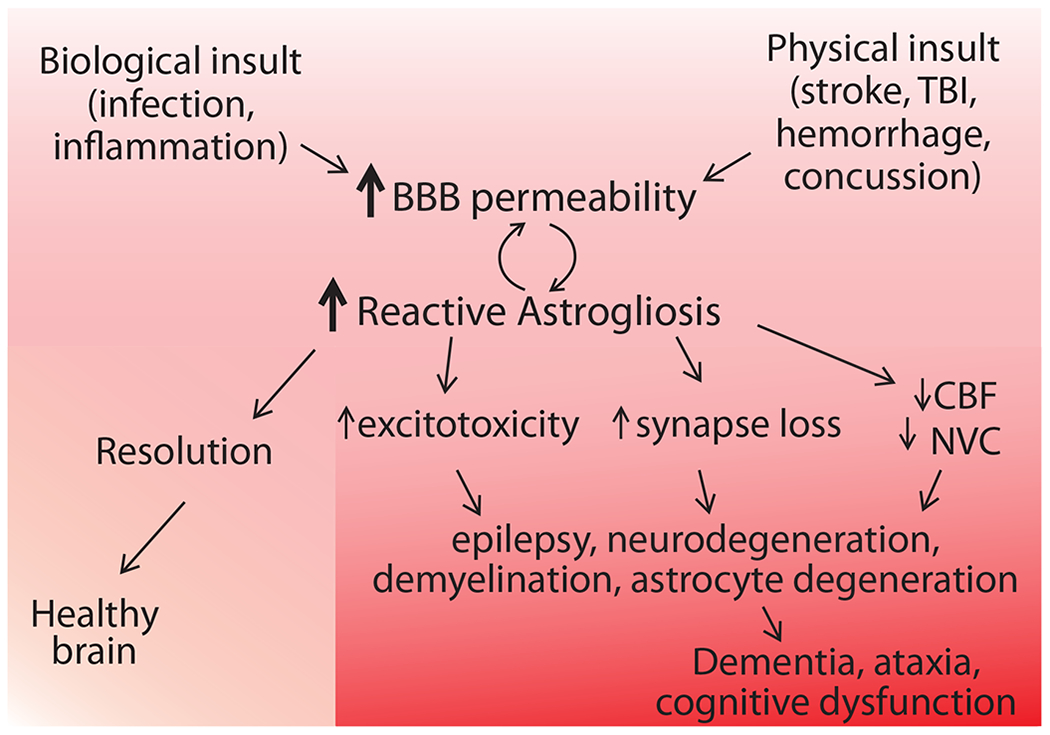Figure 6. A proposed model of astrogliosis progression and pathological manifestation.

Biological insults such as peripheral infection or systemic inflammation and physical insults such as concussion, TBI, and stroke may result in BBB failure, allowing (normally blood-restricted) substances such as albumin and thrombin to leak into the brain. The presence of these blood-borne proteins in the neuronal microenvironment is detected by astrocytes and reactive astrogliosis ensues. This response is likely initiated in order to contain the damage and re-establish homeostasis. When the attempt is successful, the insult is resolved and healthy physiology prevails. Occasionally, this gliotic response might be too exaggerated and surpasses an as-yet unidentified threshold when it becomes damaging instead, resulting in excitotoxicity (lack of neurotransmitter uptake and/or K+ buffering), synapse loss, and reduction of cerebral blood flow (CBF) and neurovascular coupling (NVC). Interactions between these neurotoxic end-effects may also occur; for example, a decrease in CBF and NVC might precede and cause synapse loss. Together, these effects of astrogliosis synergize to trigger degeneration of neurons and glia, ultimately precipitating the symptoms of many neurological disorders, including dementia, cognitive disorder, and ataxia.
